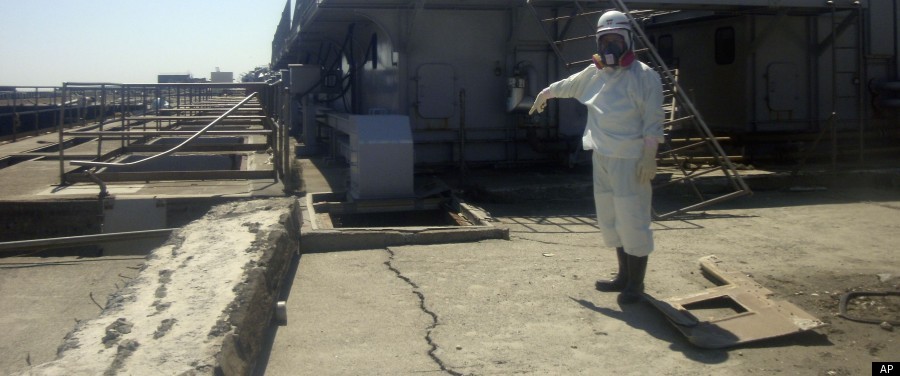Leaks and spills in the past, Japan plans tomorrow
Japan is beginning to turn a corner after the Fukushima nuclear disaster in 2011, releasing its first energy policy since the event and allowing some residents to return to their homes in evacuated areas.
Japan is sticking with nuclear power as a central part of its energy policy, with the release of new plans showing the country’s 48 nuclear stations will be fired-up again.
New safety measures and protocols have been set up in the hope of avoiding a repeat of 2011’s incident, which saw millions of litres of radioactive wastewater spilled and 30,000 people evacuated form their homes.
Some of the displaced population will soon be allowed to go back within the 20 kilometre exclusion zone around the melt-down site. Japanese authorities say around 350 people will be able to live at the previous homes in the city of Tamura, now that the risk of irradiation has dropped to acceptable levels.
The Japanese Reconstruction Agency says the evacuation order will be lifted in phases over the next two years, eventually allowing tens of thousands to go back home.
Understandably, some may be keen not to return, especially given that they will then forfeit a $1084 (¥100,000) a month payment for emotional stress.
Affected residents will still receive government compensation for property and job loss, but going home seems to indicate that their emotional stress has ended.
Japanese government guidelines declare an area suitable for habitation if people living there are exposed to no more than 20 millisieverts of radiation per year.
Authorities have not given an exact figure on the levels still present in the former evacuation zone, but say they are working to get radiation exposure down to one millisievert a year.
Meanwhile, the Japanese government is outlining the nation’s energy future and preparing to reawaken the dozens of nuclear reactors put on standby since the earthquake, tsunami and radiation leak in 2011.
The old version of the plan, realised in 2010 before the Fukushima Daiichi disaster, had pushed for a significant increase in the role of nuclear power.
A draft of the new Basic Energy Plan says a mixture of nuclear, fossil fuel and renewable energy sources will provide the most reliable and stable electricity flows to meet Japan's needs.
The latest documents represent the second draft of the plan, which was re-written after an earlier version focussed too heavily on nuclear power. The latest edition includes a greater focus on renewable options.
Japan will continue efforts to recycle its nuclear fuel.
There had been fears over the large stockpiles of spent fuel and extracted plutonium, with some authorities worried about the chance of illegal proliferation.
Officials say the best way to control and keep track of the plutonium is to fire up the reactors and burn it.









 Print
Print